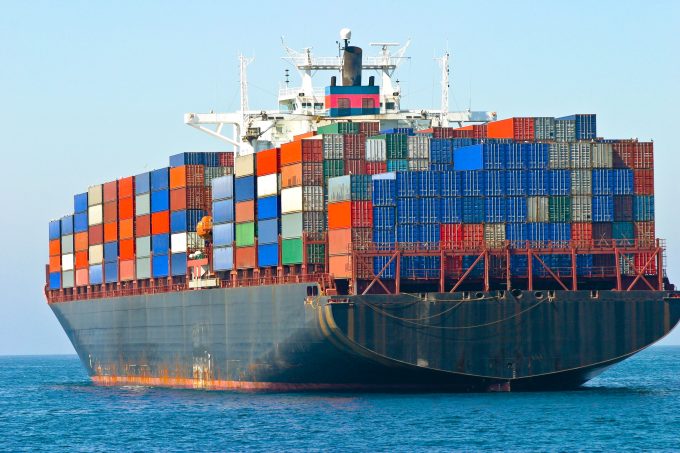'Another painful headache for shippers' as Asia-N Europe rate rally ends
It seems the recent container freight spot rate rally on the Asia-North Europe trade might ...

Fresh concerns have been raised over the liner industry’s ability to recoup the increased fuel costs from IMO 2020.
McKinsey partner Steve Saxon said there was “some good and some cautious news” for carriers in the run up to 1 January, when the new low-sulphur fuel ...


Comment on this article
Martyn Benson
October 14, 2019 at 2:32 pm^What is the point of writing an article about 2020 bunker effects and prices when the interviewed ‘experts’ disagree with each other (and come out with statements of the blindingly obvious).
HSBC claims huge fuel price increases but this is likely to depend on the Middle East and other world events rather than IMO2020.
IHS claims that the markets have played into carriers’ hands but all we currently see is falling freight rates as supply continues to out-strip demand for space.
How can the recovery of fuel costs in 2020 be reconciled when two members of the same alliance have opposing views and strategies and are co-loading on each others ships?
The only one of these views which makes any sense is Mr. Saxon but, if you ask enough respondents, you will eventually get the right answer……..even if he is a so-called ‘expert’.